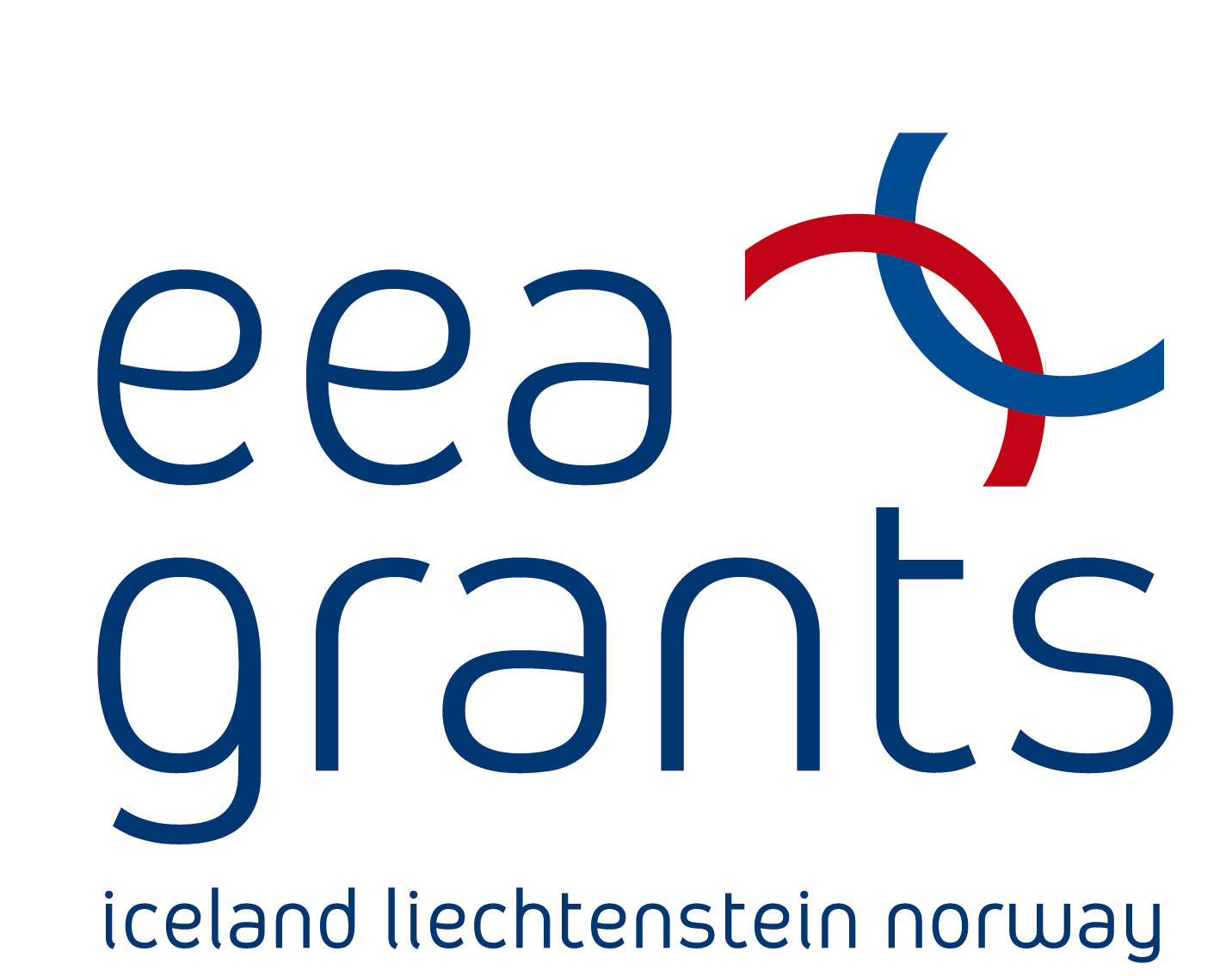About the Project
The sun is an abundant and clean energy source. The primary goal of all solar cell research is to get as much electricity out of the incoming sunlight as possible. If we can make cheap solar cells that are efficient in converting sunlight to electricity, they will be a very important contribution when transforming to greener energy sources in the years to come.
Perovskites are a wide range of materials with the same structure as calcium titanium oxide. A special perovskite is commonly used in solar cells: CH3NH3PbX3, where X can be iodine (I) or bromine (Br). One remarkable thing about the perovskites solar cells is that they are quite new; they were introduced in 2009 with 3.8 % efficiency. But in only six years the efficiency has increased to the current world record value of 20.1 %. This is incredibly fast compared to other solar cell technologies. Other reasons why these solar cells are interesting is that they can be manufactured cheap with widely available materials.
Objectives
We want to make efficient solar cells, using affordable and environmental friendly technologies and materials. We also want to investigate the materials that are used in the cells in a more fundamental way, to be able to understand the physical properties which lead to high efficiencies.
In a perovskite solar cell, many material layers are present. The perovskite is called the active layer. When sunlight shines on this layer, it gets absorbed by the perovskite, and the energy is transferred to electrons and holes that are free to contribute to the current in an external circuit. To extract this current, both front side and backside contacts are required. The front side contact has to conduct current, and also be transparent, so that sunlight can shine through and reach the perovskite layer. To prevent electrons and holes from recombining and vanishing before they reach the contacts, layers with hole transporting material and electron transporting materials are also needed.
The objectives if the project is to
- understand the mechanisms behind the high efficiency obtained using the standard materials; here, advanced experimental characterization techniques, theory and modelling are employed
- replace the traditional TCO’s, which are made from deficient and harmful materials
- replace the electron transporting material , TiO2, with a material of perovskite structure and ferroelectric properties
- have a structure with transparent electrodes on both sides, able to collect not only the sun-light but also the light coming from the artificial sources used indoors
Financing
The Project is financed through the Romanian- EEA Research Programme, 2013 Call.
Cooperation
The PERPHECT project is an international Cooperation between partners in Romania, Iceland and Norway. The leader of the overall project is National Institute of Material Physics (NIMP) in Bucharest, Romania. Other project partners are University of Iceland (UI), Reykjavik University (RU), University of Bucharest (UB) and OPTOELECTRONICA 2011 SA.
Infrastructure
At the University of Oslo the project mainly uses the infrastructure of the Micro- and Nanotechnology Lab, MiNaLab
